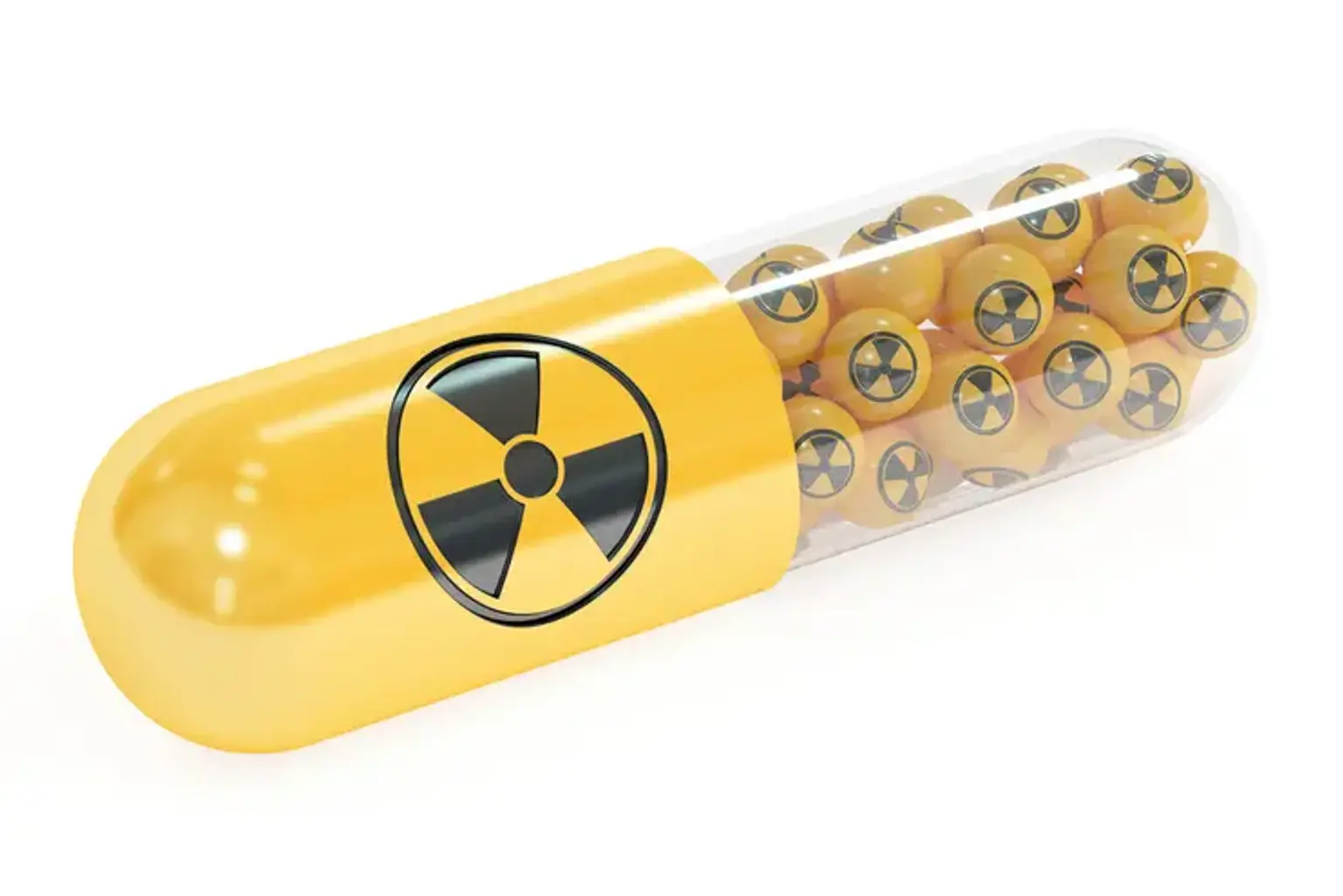HDR Brachytherapy
Overview
HDR Brachytherapy is a form of internal radiation therapy in which radiation-containing seeds, ribbons, or capsules are implanted in your body, in or near the tumor. Brachytherapy is a local treatment that only targets a specific area of your body. It is often used to treat head and neck cancer, breast cancer, cervical cancer, prostate cancer, and eye cancer.
When compared to the traditional kind of radiation therapy (external beam radiation), which projects radiation from a machine outside of the body, brachytherapy allows doctors to deliver higher doses of radiation to more targeted locations of the body.
Brachytherapy may have less adverse effects than external beam radiation, and the overall treatment period with brachytherapy is generally shorter.
